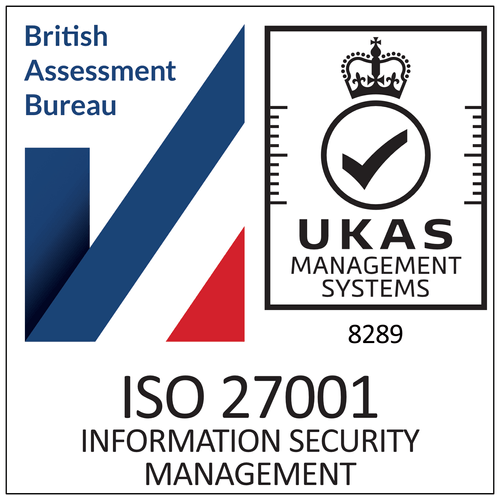What is compliance training?
Compliance training is an essential part of ensuring that your business, its employees, partners, and customers act in accordance with regulations, industry standards and business ethics. Because of its importance, compliance training is usually mandatory to all relevant stakeholders.
Employees complete compliance training as part of their onboarding. Many roles require compliance certificates to ensure work is carried out in line with the law. The courses inform the employees about relevant legislation and how these impact day-to-day work.
Compliance training is sometimes also required by the organization's customers and partners. This may include certifications and licensing to distribute, sell, and use your products and services. In all of the above cases, retraining usually occurs on an annual basis to keep the knowledge up to date.
Failing to comply with the law can have a detrimental effect on your business. Fines, audits, criminal prosecution, and reputational damage are some consequences of non-compliance.
Examples of compliance training
All industries have specific regulations that must be followed. To protect the organization and its employees, partners, and customers, compliance training helps ensure that rules and ethics standards are followed.
Some of the most important and common compliance training for employees include:
- Information security
- Data protection (GDPR)
- Workplace safety
- Anti-harassment
- Diversity
- Finance regulations
- Product certifications
Step 1: Course offering - the fundamentals of compliance training
For businesses without a legal and compliance function, off-the-shelf compliance courses are a great source of compliance expertise. These standardized courses are designed by external experts and come ready to use.
For organizations with internal compliance expertise, designing compliance training in house is another great option. Invite your internal subject matter experts to create, update, and take ownership of relevant course material. In-house produced courses come with the benefit of customization, which means that training can be adapted to your organization and its unique business practices. The courses can also be updated regularly to reflect changes in regulation.
Step 2: The business application of compliance training
Key for all compliance training is practical and actionable information. To turn it into practice, the information needs to have a strong connection to the day-to-day work. Effective compliance training walks the learner through examples of how ethics and compliance issues apply to their roles and how they appear in different scenarios. It gives them the guidance they need to handle common situations and potential dilemmas.
The business application of compliance may look different to different companies. Each organization has their own unique practices, processes, and lingo. Whether you opt for off-the-shelf content or in-house training, make sure that the business applications are reflected in your compliance training.
Organizations providing off-the-shelf courses may choose to add additional, internally produced course modules on the business application. These can support the understanding of how to put compliance guidelines into practice in the day-to-day job.
The following company-specific elements can improve your compliance training:
- Guidelines incorporated into internal processes and best practices
- Step-by-step guides
- Documentations and recordings from business locations
- Company lingo and descriptions of products and services
- Point of contact for inquiries
Step 3: Test the knowledge levels upon course completion
Completed compliance training does not necessarily mean sufficient knowledge. Although your learners may have passed compliance training, they may have failed to understand, store, and reflect on the information.
Adding knowledge tests to compliance training is a great way to ensure sufficient knowledge. They also give the learners the opportunity to reflect on what they have learned, which improves the learning experience. Depending on the outline, tests can appear after each module or at the end of the course.
Step 4: Configure certificates and set up time for renewals for compliance training
Retraining is essential in order to maintain and refresh knowledge. Depending on the industry, there might be regular updates to rules and policies. Learners may also need to repeat compliance training around infrequent events such as accidents and emergencies.
Setting up a time interval for recertification and retake periods helps your organization and its employees keep track of the timeline. Automating this process adds additional protection as learners and trainers receive automatic reminders.
Choose an LMS that is built for compliance training
Completing the above four steps will help you create a solid and reliable framework for compliance training. When choosing an LMS for compliance training, ensure that it has the following functionalities:
- A user-friendly course authoring tool
- Ability to involve subject matter experts in the course production process
- Ability to source and distribute off-the-shelf content
- Time intervals for retake periods
- Automatic reminders for compliance (re)training
- Knowledge tests
- Ability for team managers to track and follow up on employee results




